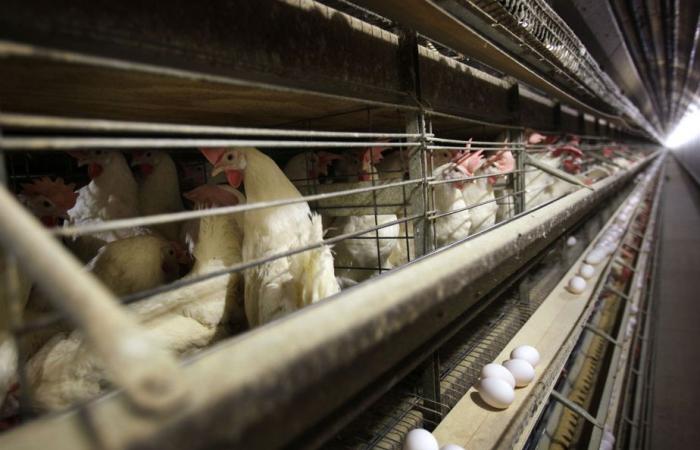(Paris) The rise in cases of avian flu in mammals, including cattle in the United States, is a serious warning about insufficient global preparedness for future pandemics, according to a report published Tuesday, which urges rapid action .
Published at 10:15 a.m.
More than four years after the start of the COVID-19 pandemic, political leaders are “failing to act negligently” by not acting enough to avoid a repeat of such a crisis, according to this report by international experts co-led by the former New Zealand Prime Minister Helen Clark and former Liberian President Ellen Johnson Sirleaf.
PHOTO DANIEL BECERRIL, REUTERS
“If H5N1 started spreading from person to person, the world would probably be submerged again,” Helen Clark, former co-chair of an independent group advising the H5N1, said in a video news conference. WHO on pandemic preparedness.
After two years of bitter bargaining, the 194 member countries of the World Health Organization (WHO) extended their negotiations for a year, at the beginning of June, on a global agreement to prevent pandemics.
In particular, there remain differences between rich countries and developing countries, where memories remain vivid of the former hoarding vaccine doses to the detriment of the common good and refusing to share their technologies.
On avian flu, the WHO called last week to strengthen the global detection network for H5N1, which can infect a large number of animal species. Experts are concerned about the growing number of affected mammals and fear that high circulation could facilitate a mutation of the virus which would allow it to pass from one human to another.
“If H5N1 started spreading from person to person, the world would probably be submerged again,” Helen Clark, former co-chair of an independent group advising the H5N1, said in a video news conference. WHO on pandemic preparedness. It could even be “potentially more disastrous than COVID-19,” she warned.
Because “we are not sufficiently equipped to stop epidemics before they spread further,” she said, referring for example to a more deadly strain of Mpox which particularly affects children in the Democratic Republic of Congo (DRC). ).
If rich countries have vaccines that can fight this epidemic, they have not been made available to this Central African country, lamented Helen Clark.
The report calls on governments and international organizations to reach an agreement on pandemic preparedness by December, increase funding for vaccine production, strengthen the power of the WHO and step up national efforts to fight against virus.
To highlight the potential threat, he cites modeling suggesting there is a 50/50 chance the world will face a pandemic of similar magnitude to COVID-19 within the next 25 years.







